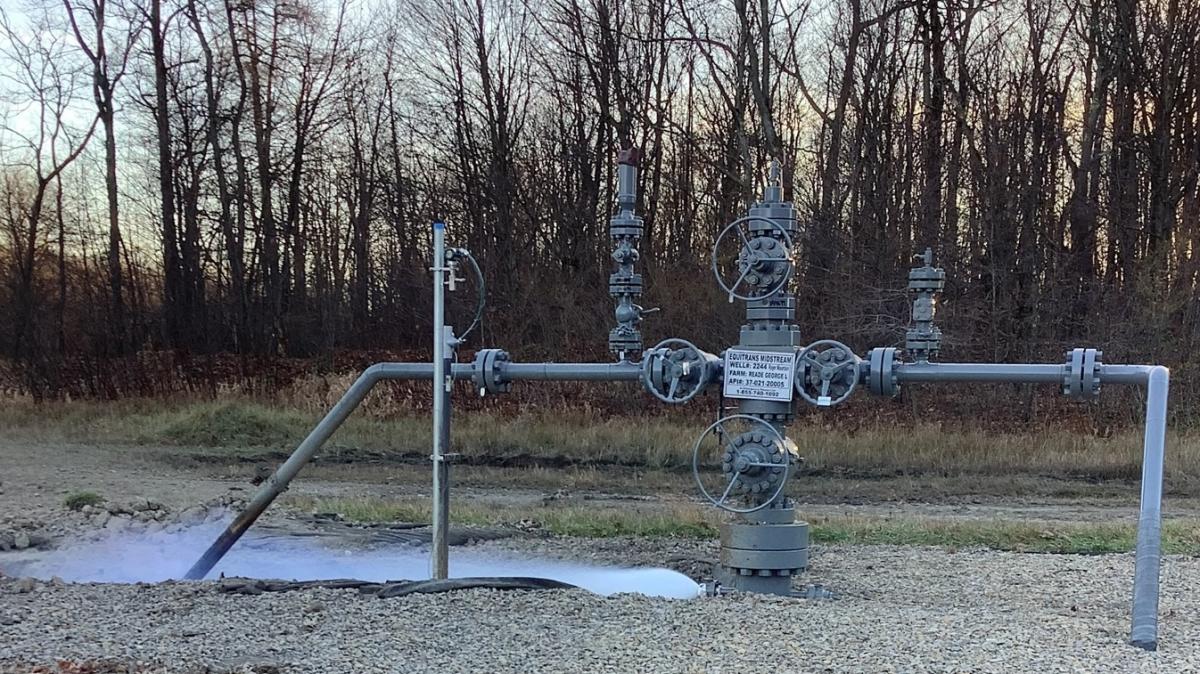This story was originally published by Floodlight, a non-profit newsroom that investigates the powerful interests stalling climate action.
On a November afternoon in 2022, a 57-year old well tapped into an underground natural gas storage reservoir in western Pennsylvania started leaking, fast enough that people a few miles away heard a loud, jet engine-like noise.
By the time the leak was stopped nearly two weeks later, roughly 16,000 metric tons of methane had escaped into the atmosphere, the equivalent of more than the annual greenhouse gas emissions from 300,000 gas-powered cars.
The blowout of a well at the Rager Mountain gas storage field was the worst methane leak from underground storage since Aliso Canyon in California in 2015. That incident forced thousands of people from their homes and sickened many of them, taking four months to contain. In 2021, 35,000 plaintiffs in one class-action lawsuit were awarded up to $1.5 billion in damages.
While not as large or ... Read more

